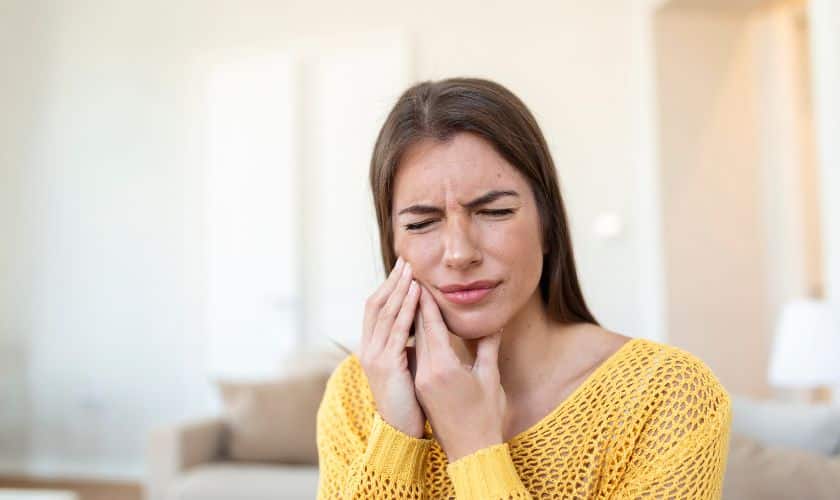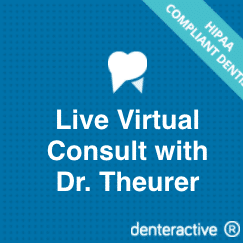A sudden toothache, a knocked-out tooth, or uncontrolled bleeding—dental emergencies can strike unexpectedly, leaving individuals in pain and in need of immediate assistance. In these critical moments, the role of emergency dentistry becomes a beacon of hope, offering swift relief and timely interventions. This comprehensive guide aims to unravel the intricacies of urgent dental care, delving into the types of dental emergencies, the indispensable services provided by emergency dentists, and the profound impact that prompt intervention can have on overall oral health. Join us, as we explore why emergency dentistry is not just a quick fix but a vital component of safeguarding your dental well-being.
I. Understanding Dental Emergencies
Identifying Urgent Situations:
- Severe Toothaches: Persistent and intense pain may signal an underlying issue like an abscess or infection.
- Traumatic Injuries: Accidents resulting in broken, chipped, or knocked-out teeth require immediate attention.
- Uncontrolled Bleeding: Dental emergencies involving excessive bleeding demand urgent intervention.
II. The Critical Role of Emergency Dentists
Swift Pain Relief:
Emergency dentists prioritize quick relief from pain and discomfort associated with dental crises.
Timely Interventions:
Prompt dental interventions help prevent the escalation of issues and minimize the risk of complications.
Beyond Regular Hours:
Emergency dental services often operate beyond standard office hours, ensuring accessibility during urgent situations.
III. Common Types of Dental Emergencies
Severe Toothaches:
- Immediate Actions: Rinse the mouth, floss carefully, and use over-the-counter pain relievers until professional help is available.
Traumatic Injuries:
- Locate the Tooth: In cases of a knocked-out tooth, find and handle the tooth properly.
- Rinse and Reinsert: Rinse gently and attempt to reinsert the tooth into the socket. Store it in milk if reinsertion isn’t possible.
Lost Fillings or Crowns:
- Temporary Solutions: Over-the-counter dental cement or sugar-free gum can provide temporary coverage until professional help is sought.
IV. Emergency Dental Procedures
Tooth Extractions:
In cases of severe decay or irreparable damage, emergency extractions may be necessary for pain relief and to prevent the spread of infection.
Dental Repairs:
Emergency dental services can address issues like broken or chipped teeth, providing immediate repairs to restore functionality.
Root Canal Therapy:
For severe toothaches caused by infections or abscesses, emergency root canal therapy may be performed to save the tooth.
V. Managing Dental Crises at Home
Pain Management:
In the meantime, until medical assistance is available, over-the-counter painkillers can offer temporary relief.
Temporary Solutions:
For lost fillings or crowns, temporary solutions like dental cement or sugar-free gum can offer protection until a dentist is consulted.
Avoiding Further Damage:
Minimize chewing on the affected side to prevent further damage, especially in cases of broken or chipped teeth.
VI. Teledentistry: A Modern Solution
Remote Consultations:
Teledentistry platforms allow individuals to consult with dentists remotely, receiving guidance and assessments before seeking in-person care.
Prescription Services:
Emergency dentists can provide prescriptions for pain relief or antibiotics through tele-dentistry, enhancing accessibility to timely medications.
VII. The Importance of Preventive Measures
Regular Dental Check-ups:
Routine check-ups help identify and address potential dental issues before they become emergencies.
Protective Gear:
Wearing mouth guards during sports activities or using night guards can reduce the risk of traumatic injuries that may lead to dental emergencies.
Oral Hygiene Practices:
Maintaining good oral hygiene through regular brushing and flossing contributes to overall dental health, reducing the likelihood of emergencies.
As we conclude our exploration of urgent dental care, it’s evident that swift and effective intervention is paramount in mitigating the impact of dental emergencies. Understanding the critical role of emergency dentistry, recognizing common types of dental crises, and adopting preventive measures empower individuals to navigate unexpected oral health challenges with confidence. In times of crisis, the expertise of emergency dentists, coupled with proactive at-home management and modern solutions like teledentistry, ensures that urgent dental care is not just vital for immediate relief but also for the long-term health and well-being of your smile.



